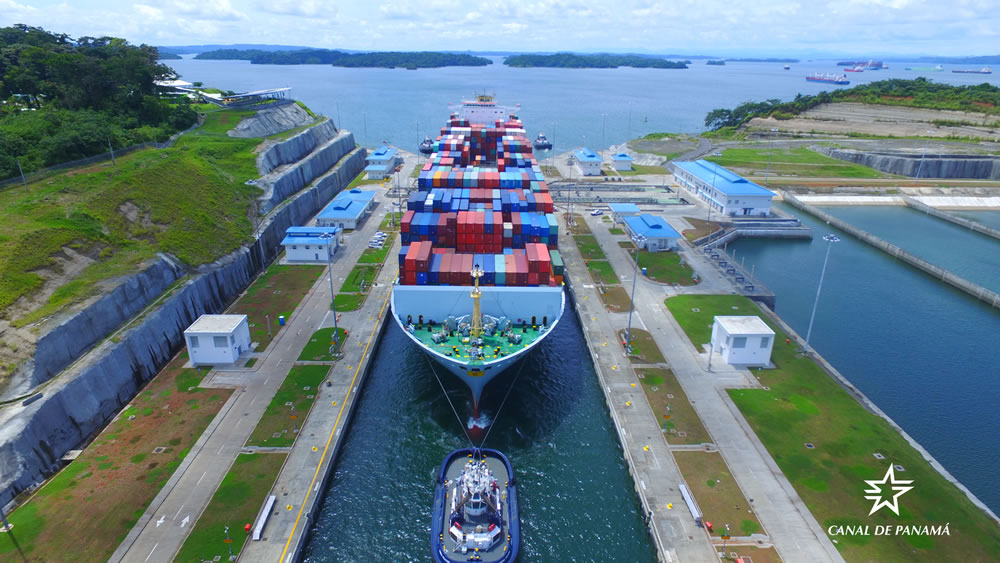WORLD VIEW: NAFTA winners and losers

By Rodrigo Zeirdan
LATE APRIL saw an odd couple of days for the North American Free Trade Agreement (NAFTA), the 23-year-old deal between the United States, Canada and Mexico.
At the start of Thursday April 27, President Donald Trump’s advisers were said to be working on an executive order withdrawing from the trade deal. During his election campaign, he had blamed NAFTA for American job losses, calling it the “worst trade deal in history”.
But, by the next morning, having spoken to the presidents of other signatory countries, Trump announced that he would merely be seeking a renegotiation of the deal – with the caveat that he would pull the US out of the deal if that effort wasn’t satisfactory.
Loser classes
Trade agreements benefit everybody but have two distinct classes of losers: inefficient companies from industries that compete with imports, and some of the workers in those industries.
In the past, economists and politicians didn’t pay very much attention to the losers of international trade. The rationale was as follows: companies that went under were relatively inefficient, and eventually the laid-off workers would retool, migrate or adjust.
In other words, in the short term, there might be losers, but the overall economy would get stronger. It was assumed that no one would be left behind after an adjustment period.
Economists were almost correct. Free trade created better economies, but the deleterious effects of trade on workers did not dissipate relatively easily.
Recent research demonstrates that local unemployment is much more persistent than previously thought. Even decades later, some displaced workers cannot find equivalent jobs.
Hence, it may well be time to renegotiate some clauses in trade agreements, without lowering the benefits to society.
In addition to the displacement issue, the perception of trade deals as static agreements that once enacted change little is erroneous. NAFTA, which lowered trade barriers between the United States, Mexico and Canada, is already an evolving deal.
Inherent flexibility
In 2009, the Mexican government applied the first round of tariffs on 89 US products. In every deal, countries retain some power to tinker with tariffs and other trade barriers to temporarily protect industries while they adjust to more intense international competition.
Another example, from 2016, comes from the joint efforts of the US, Canada and Mexico to curb the global glut in steel production, out of concern about its effects on domestic producers.
That is just as well. Knowledge advances: we know much more about the impacts of trade deals today than when NAFTA was put into effect on January 1 1994. Unfortunately, the previous changes to NAFTA did not truly address the deleterious effects of this otherwise beneficial trade agreement.
Trade deals are created because countries realize that the diffuse benefits for society outweigh the interests of those who lose from free trade. In the past, the majority of complaints about free trade came not from workers, but from the few companies that lost the most. These are the kind of vested interests that make international agreements much harder to negotiate.
The political difficulty of confronting such interests has been known since the dawn of economics as a discipline. In 1776, the forefather of economics, Adam Smith, criticized local companies that wanted to impede international trade:
To widen the market and to narrow the competition, is always in the interest of the dealers … The proposal of any new law or regulation of commerce which comes from this order, ought always to be listened to with great precaution, and ought never to be adopted till after having been long and carefully examined, not only with the most scrupulous, but with the most suspicious attention.
The right focus
There’s ample space to renegotiate some terms from the original agreement that would improve social welfare across the region.
But the proposed changes, such as the new tariffs imposed by the US government on Canadian soft lumber, focus on inefficient companies instead of affected workers.
What we are seeing is protectionism – barriers to imports to protect specific national industries – rearing its ugly head.
The US, Mexico and Canada all want barriers to protect some of their industries; US officials want to require rules of origin, in which most of a product would have to be made in North America to be traded duty-free.
Mexico would like new rules to defend its car industry against Asian auto makers and part makers. Canada is looking to defend its domestic dairy industry while maintaining dispute-resolution mechanisms that allow its government and companies to defend against actions by the US and Mexico.
Renegotiation isolated to vested interests renegotiation is not confined to NAFTA. The Trump administration’s intention is to “renegotiate or terminate” the Korea-US Free Trade Agreement by protecting certain American industries, while simultaneously launching an investigation into abuses of US trade agreements.
The path forward is not to protect inefficient industries that have political clout; the focus should be on workers. And, for this, mechanisms already exist.
Transitional adjustment
As a result of the negative short-run effects of trade agreements, NAFTA and other free trade deals have some measure of transitional adjustment assistance (TAA). TAA is supposed to provide a path for employment growth and opportunity to aid workers who have lost their jobs as a result of foreign trade.
In the case of the impact of NAFTA on the United States, by 2010, the American government had dispersed approximately US$1 billion through NAFTA’s TAA, benefiting roughly 250,000 workers.
The problem is that every TAA is comparatively underfunded when compared to the long-term impacts of trade on employment because those impacts are often vastly underestimated. The best-case scenario for a trade policy is for commerce to be as free as possible while maintaining some measure of support for displaced workers.
Protectionism, on the other hand, is extremely costly. Take the example of the luggage industry: in the early 1990s the United States had significant tariffs on imported luggage. American society lost more than $1 billion because of it – and all of it was to protect roughly 1,000 jobs.
In effect, each job cost American consumers over US$1 million, which in current terms is more than twice that amount.
Instead of protecting the dairy industry in Canada, the car companies in Mexico, or manufacturing firms in the US, these countries should design improved transitional adjustment assistance programs, targeted at the disfranchised, with support for workers to adjust to the 21st-century labor market.
TAAs should be funded adequately; technology may be a bigger driver of displacement than trade, but we should still fund TAAs regardless of the initiator of long-term unemployment.
Let trade be free, help the people, and forget about the vested interests of inefficient companies that cry for the return of “Made in America” – or Mexico, or anywhere really.
That’s the best way forward. The world is much better because of globalization, and protectionism will make everything worse. But it’s time to start caring about the workers left behind.
Rodrigo Zeirdan is Associate Professor of Practice, Business & Finance at New York University Shanghai





